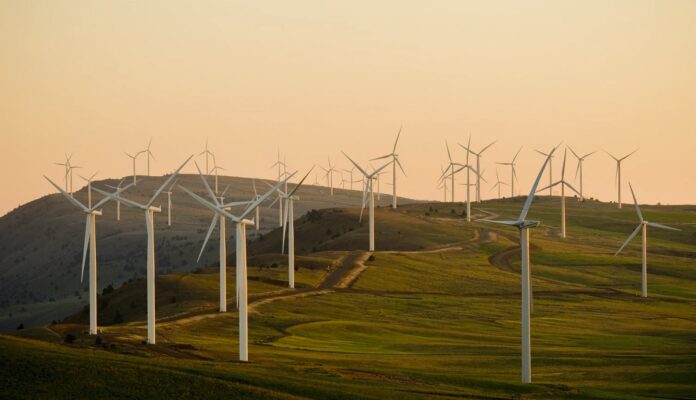The energies from the sun’s rays and the force of the wind, symbols of clean and renewable sources, owe a debt to its strategic planning, in order to get the most out of them.
A team from Columbia University conducted a study that modeled the seasonal variability of solar and wind power. To measure the required indicators, the researchers examined decades of data to quantify variability trends over time and their impact on power grids.
An approach that seeks to strengthen the supply of clean energy
This study started from the premise that as the transition to renewable energy gains momentum, more attention should be paid to variable supply as an important factor. “Designers of renewable energy systems will need to pay attention to the changing patterns of wind and solar energy for weeks, months and years, just as water managers do”said Upmanu Lall, co-author of the study. “You won’t be able to handle variability like this on batteries. You will need more capacity”noted in conversation with the National Science Foundation of the United States, an entity that allocated a grant to finance part of the research.
“These findings suggest that energy planners will need to consider alternative ways to store or generate electricity, or dramatically increase the capacity of their renewable systems.”Lall said, referring to batteries, which are currently the backup source in these power systems. The need to explore other alternatives lies in the fact that the energy surplus they store is maintained for a short period of time, insufficient to overcome a prolonged lack of supply.
In developing their research, the team studied solar and wind availability using data from the Texas Interconnection, to assess how much variance a fully renewable power grid could stay on. The scientists concluded that the seasonal potential of solar and wind energy can vary by almost a third, in relation to the notions that are handled today.
“In a fully renewable world, we would need to develop nuclear fuel or hydrogen fuel, or carbon recycling, or add much more capacity to generate renewable energy, if we want to avoid burning fossil fuels.”Lall continued.
The statistical analysis model presented through this research, aims to contribute to the energy transition desired by more and more countries, whose process is neither fast nor simple. If it is intended, in the future, to depend solely on renewable energies, these must guarantee the necessary reliability in terms of their performance. “We will not solve the problem by building a bigger network. Electricity grid operators aim for 99.99% reliability, while water managers strive for 90% reliability. You can see how challenging this game will be for the energy industry and how valuable seasonal and longer forecasts could be.”commented the leader of the study.
Next, the team plans to predict conditions that could lead to not only energy droughts, but also excesses. The ability to understand how to forecast and manage the inevitable shortfall or surplus of solar and wind energy production will lead to more reliable and sustainable power grids.














